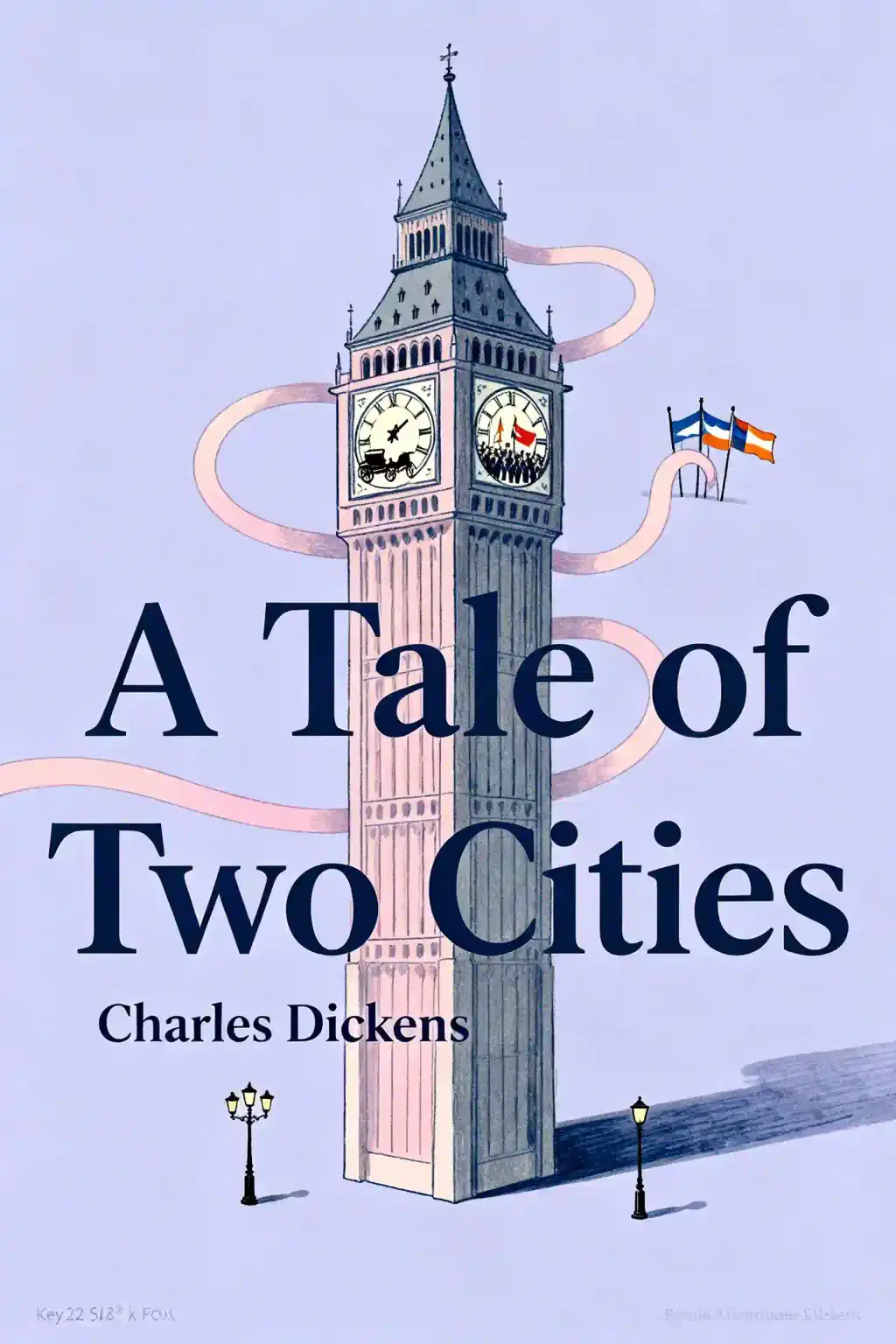What is
A Christmas Carol about?
Charles Dickens' A Christmas Carol follows Ebenezer Scrooge, a miserly banker who despises Christmas until three ghosts show him his past, present, and future. Through haunting visions of loneliness, poverty, and death, Scrooge transforms into a generous man, embracing kindness and redemption. The novella explores themes of greed, social responsibility, and the power of compassion.
Who should read
A Christmas Carol?
This classic appeals to readers seeking timeless moral lessons, fans of Victorian literature, and those interested in social critique. Its themes of redemption and empathy resonate with audiences exploring human behavior, historical class divides, or holiday traditions. Families often revisit it for its heartwarming message about generosity.
Is
A Christmas Carol worth reading?
Yes—it’s a short yet impactful story that reshaped Christmas traditions worldwide. Dickens’ vivid characters, like Tiny Tim and the Ghosts of Christmas, and iconic quotes (“Bah, humbug!”) make it culturally significant. Its critique of industrial-era inequality remains relevant, offering both entertainment and reflection on societal values.
What are the main themes in
A Christmas Carol?
Key themes include:
- Redemption: Scrooge’s journey from miser to benefactor.
- Social inequality: Critique of 1800s London’s wealth gap, highlighted by the Cratchit family’s poverty.
- Time and memory: The ghosts force Scrooge to confront his past and future.
- Generosity vs. greed: Contrasts Scrooge’s initial stinginess with Fred’s and Fezziwig’s joy.
How does
A Christmas Carol critique Victorian society?
Dickens exposes inhumane working conditions (e.g., Bob Cratchit’s low pay) and societal neglect of the poor. The charity collectors’ plea and Tiny Tim’s possible death underscore the era’s lack of social safety nets. Scrooge’s transformation urges readers to address inequality through compassion and charity.
What is the significance of Tiny Tim in
A Christmas Carol?
Tiny Tim, Bob Cratchit’s frail son, symbolizes innocence harmed by poverty. His famous line, “God bless us, every one!” contrasts Scrooge’s earlier selfishness. The ghosts warn that Tim’s death is inevitable without intervention, motivating Scrooge’s charity. Tim’s survival in the end signifies hope.
How do the Three Spirits change Scrooge?
- Ghost of Christmas Past reveals Scrooge’s loneliness and lost love.
- Ghost of Christmas Present shows the Cratchits’ struggles and Fred’s kindness.
- Ghost of Christmas Yet to Come terrifies Scrooge with visions of his unloved death and Tim’s demise.
Together, they dismantle his greed and isolation.
What does Jacob Marley represent in the story?
Marley, Scrooge’s deceased partner, symbolizes eternal punishment for selfishness. His ghost, shackled by chains of greed, warns Scrooge to change. Marley’s fate—a lonely afterlife—mirrors what awaits Scrooge without redemption, emphasizing the urgency of moral reform.
Why is
A Christmas Carol still relevant today?
Its messages about empathy, wealth disparity, and community resonate in modern discussions about social justice. The story’s focus on second chances and the impact of individual actions on society remains universally applicable, keeping it a holiday staple.
What are memorable quotes from
A Christmas Carol?
- “Bah, humbug!” (Scrooge’s dismissal of Christmas joy).
- “I will honour Christmas in my heart and try to keep it all the year.”
- “Are there no prisons? Are there no workhouses?” (Scrooge’s indifference to the poor).
These lines highlight his transformation and Dickens’ social commentary.
How has
A Christmas Carol influenced Christmas traditions?
The book popularized family gatherings, charitable giving, and festive cheer during Christmas. Phrases like “Merry Christmas” gained prominence post-publication. Its moral focus on kindness helped reshape the holiday into a celebration of community over commercialism.
What makes Ebenezer Scrooge a complex character?
Scrooge’s trauma (neglectful childhood, lost love) explains but doesn’t excuse his cruelty. His transformation—from “a squeezing, wrenching, grasping” miser to a figure of joy—showcases Dickens’ belief in human capacity for change, making him one of literature’s most iconic redemption arcs.














